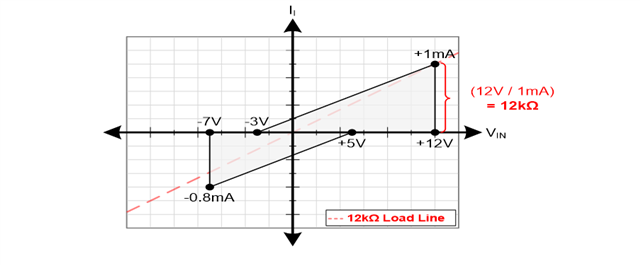Other Parts Discussed in Thread: THVD8000
Dear Sir/Madam,
We require technical support for the RS485 termination resistor requirement. We have used SN65ALS176 as RS485 Transceriver.
Below is our circuit diagram.
All FMs (Functional Modules) card having termination resistors and there are total 25 x FMs in network.
We have observed that after increasing number of FMs above 10, we are facing communication stability issue, so let us know how we need to put termination resistor FM cards?
Is our Termination resistor topology creating this stability issue ? What will be the appropriate Termination Resistor Placement method as per RS-485 Guidelines in such type of networks?
Kindly guide us. Your earliest response will help us lot.
We are planning to work over this weekend so your reply in terms of circuit correction (if any), we want to implement your suggested changes and want to test it overnight.







